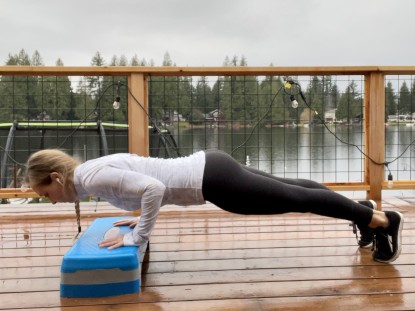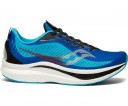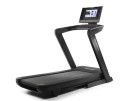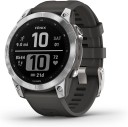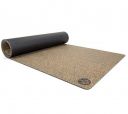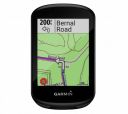Do you love to work out? If so, you are in the right place. Whether you are looking for the best running gear or any other type of training or workout gear, we've got you covered. Our hand-selected team of reviewers buys all the latest products from the top treadmills and the best exercise bikes, to running shoes and top gps watches. Then we put them through rigorous side-by-side testing to see what comes out on top. The final result is an unbiased review you can trust to get you started, or keep you stoked, on your workouts.
Most Popular
Best Pick Reviews in Fitness Gear Reviews
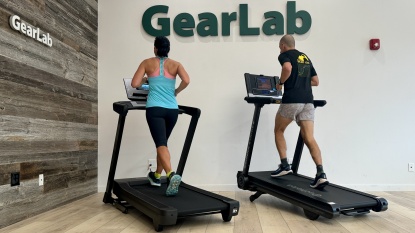
The Best Treadmills
Treadmill running may not match the exhilaration of an outdoor run, but a good machine can keep you fit and healthy...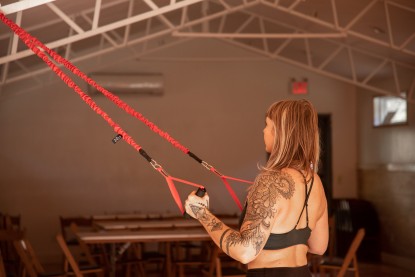
Best Exercise Equipment
No matter where you are in your fitness journey, adding to your personal gym will help you get moving from the comfort...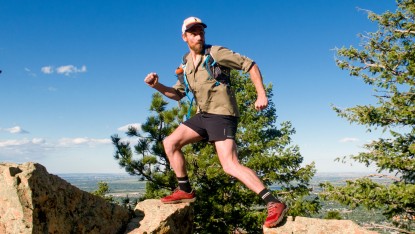
Best Running Gear
We have hands-on experience with almost every type of gear you may need as a runner, and even some that you don't (but...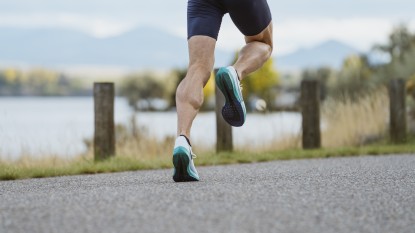
10 Best Running Shoes
The right shoes will feel good on your feet and help you run more confidently -- boosting performance, adding comfort...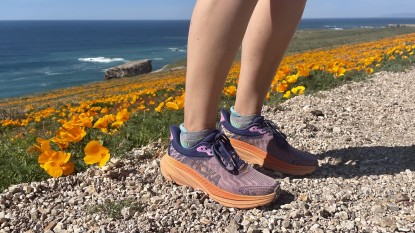
10 Best Trail Running Shoes
Having the right pair of trail running shoes that match your running style, goals, and terrain makes all the...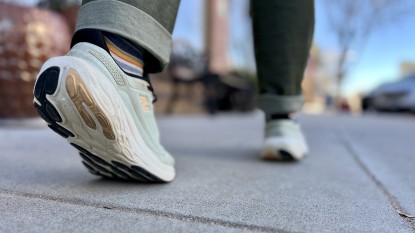
10 Best Walking Shoes
Whether you're prepping to get out for a morning dog walk or you need something comfortable and supportive for a long...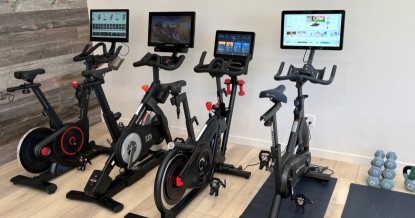
The Best Exercise Bikes
Exercise bikes offer a convenient, low-impact way to get some cardio, burn calories, and strengthen your lower body...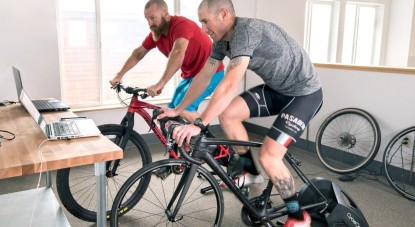
The Best Bike Trainers
If you want to stay in cycling shape throughout all seasons, a bike trainer lets you ride year-round, regardless of...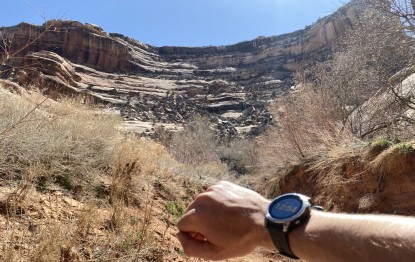
The Best GPS Watches
A GPS watch can be a handy sidekick for the backcountry, fitness training, or daily activities, providing you with...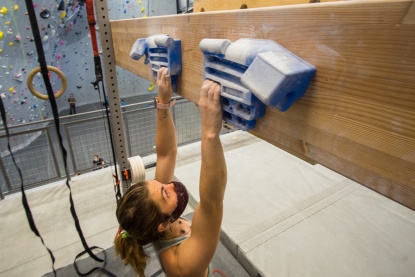
The Best Hangboards
If you're ready to take your training to the next level, our team of climbers tested 13 of the best hangboards...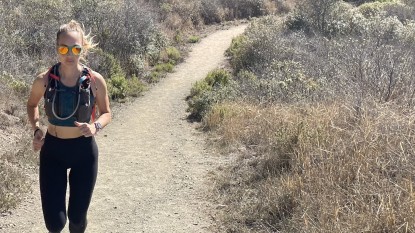
Best Running Hydration Vest for Women
Searching for a women's hydration vest for running? You've come to the right place. We have exhaustively tested 14 of...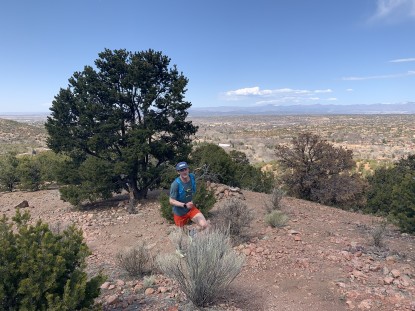
Best Running Hydration Vest for Men
We've tested close to 40 unique running hydration packs in the past 8 years, with our top 15 in this review. We sought...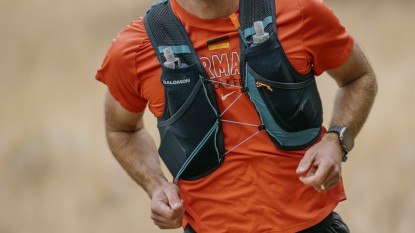
10 Best Hydration Vests for Running
Looking for the perfect hydration vest for your runs? We've bought and tested over 70 top-rated running vests over the...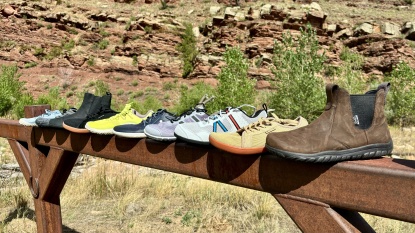
The Best Barefoot Shoes
We realize that "barefoot shoe" is an oxymoron, but hear us out. The goal of this type of footwear is to put a minimal...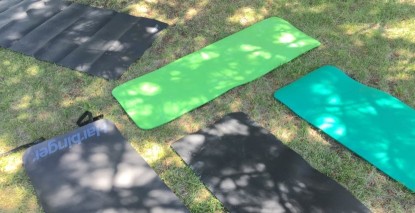
The Best Exercise Mat
Looking for the best exercise mat? We spent countless hours stretching and sweating to help you make the best choice...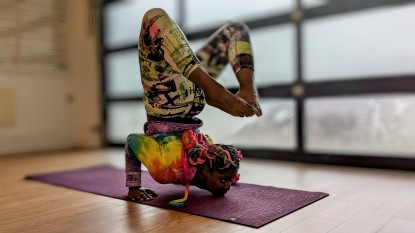
The Best Yoga Mats
Looking for the perfect yoga mat but don't know where to start? In this review, we put 19 models head-to-head to help...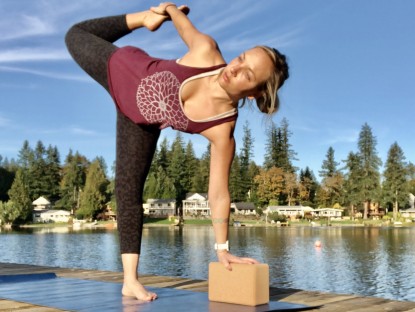
The Best Yoga Blocks
A good yoga block can enhance your practice. It aids alignment, builds muscle memory, deepens mobility, and helps you...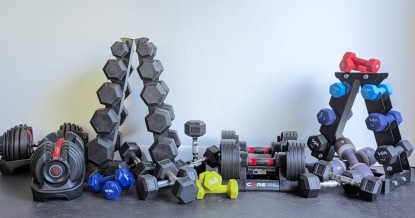
The Best Dumbbells
If you're looking to add strength training to your fitness routine, you want dumbbells. The best options not only help...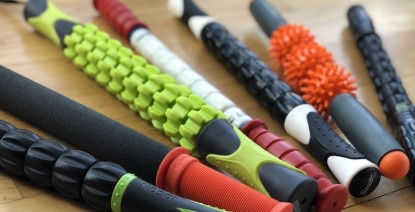
The Best Muscle Rollers
Are you looking for the best muscle roller stick to relieve tight muscles? We researched over 30 different options...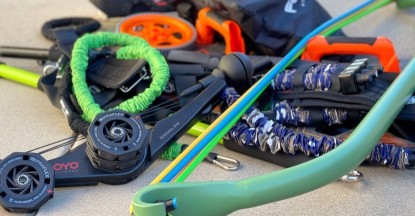
The Best Portable Home Gym
Ready to finally reach your fitness goals? We researched dozens of portable home gyms before choosing the 7 best...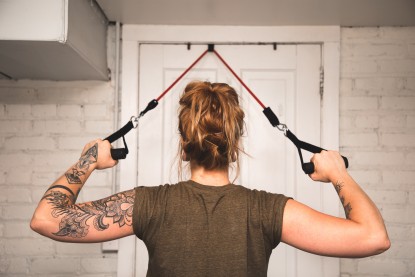
The Best Resistance Bands
Resistance bands are a versatile addition to your home gym, perfect for strength training and rehabilitation. They're...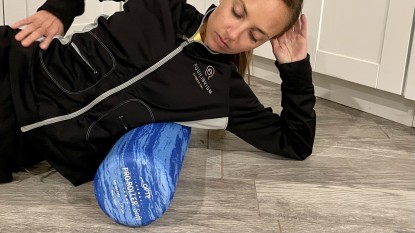
The Best Foam Rollers
Looking for some muscle relief? After researching more than 50 of the top foam rollers on the market, our fitness...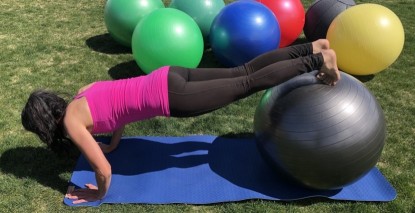
The Best Exercise Ball
In our search for the best exercise balls, we researched over 40 options and purchased 9 of the top-rated and most...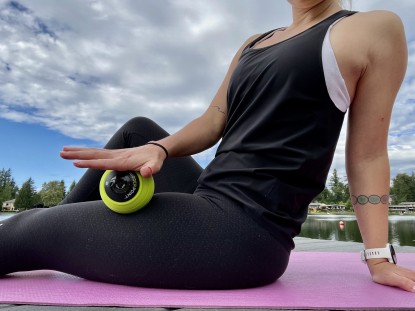
The Best Massage Ball
Looking for a massage ball to help you get out all the kinks? We researched dozens before settling on the best 9 for...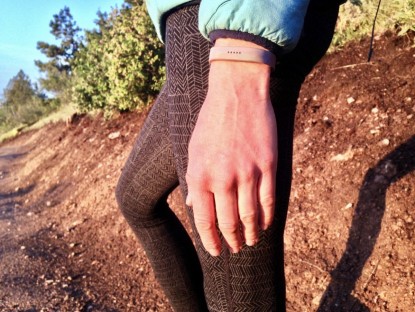
The Best Pedometer
Our diverse testing crew has spent the last four years testing 16 of the best pedometers, and recently purchased nine...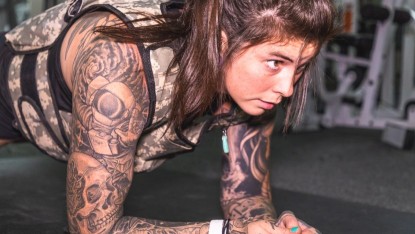
The Best Weight Vests
Looking to amp up your fitness routine? We researched dozens of the best weight vests available today and purchased...